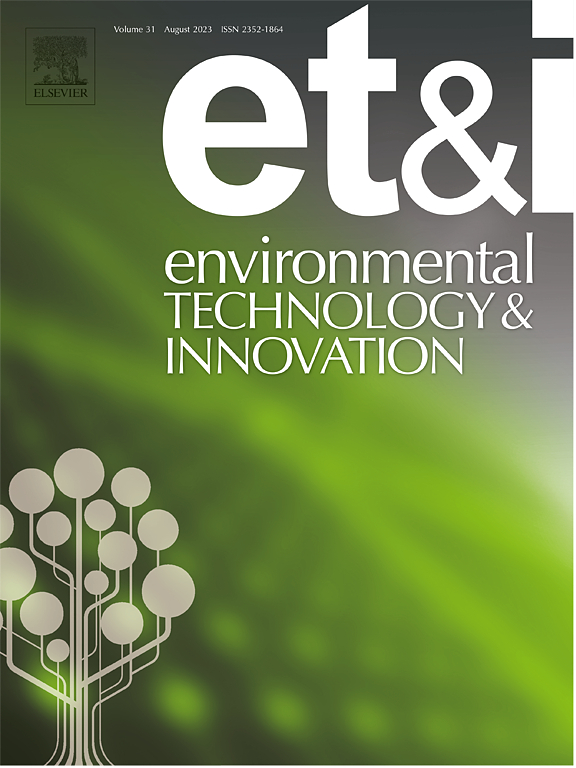A calibration approach for a passive sampler based on a polymer inclusion membrane (PIM) for in situ Zn monitoring in Catalan rivers
IF 6.7
2区 环境科学与生态学
Q1 BIOTECHNOLOGY & APPLIED MICROBIOLOGY
引用次数: 0
Abstract
Time-weighted average (TWA) concentrations of Zn(II) were monitored in a mine-contaminated river in Catalonia (the Osor) by an in situ sampling point-specific kinetic calibration using a polymer inclusion membrane (PIM)-passive sampler. The PIM was composed of a polymer, cellulose triacetate (CTA), an extractant, di-(2-ethylhexyl) phosphoric acid (D2EHPA), and a plasticizer, 2-nitrophenyl octyl ether (NPOE), to allow the transport and preconcentration of free Zn species from the sampling medium to the receiving phase (0.01 mol L−1 HNO3 solution). Calibration was conducted by measuring the initial permeability under controlled laboratory conditions and by performing in situ kinetics at two different sampling points in the river. Sampling rates (Rs) of the PIM-passive sampler were also calculated, yielding results ranging from 1.7 × 10−10 to 3.0 × 10−10 m3 s−1 for laboratory experiments and Rs values of 1.6 × 10−10 and 1.8 × 10−9 m3 s−1 for in situ studies. The in situ calculated P0 (initial permeability) was used as the calibration approach to determine the TWA concentrations of Zn in the Osor River in subsequent sampling campaigns, and values between 2 × 10−7 and 1.59 × 10−5 mol L−1 of Zn were obtained. The PIM-passive sampler was then used to screen for Zn pollution in several other rivers without any evidence of pollution by this metal being found.
求助全文
约1分钟内获得全文
求助全文
来源期刊

Environmental Technology & Innovation
Environmental Science-General Environmental Science
CiteScore
14.00
自引率
4.20%
发文量
435
审稿时长
74 days
期刊介绍:
Environmental Technology & Innovation adopts a challenge-oriented approach to solutions by integrating natural sciences to promote a sustainable future. The journal aims to foster the creation and development of innovative products, technologies, and ideas that enhance the environment, with impacts across soil, air, water, and food in rural and urban areas.
As a platform for disseminating scientific evidence for environmental protection and sustainable development, the journal emphasizes fundamental science, methodologies, tools, techniques, and policy considerations. It emphasizes the importance of science and technology in environmental benefits, including smarter, cleaner technologies for environmental protection, more efficient resource processing methods, and the evidence supporting their effectiveness.
 求助内容:
求助内容: 应助结果提醒方式:
应助结果提醒方式:


